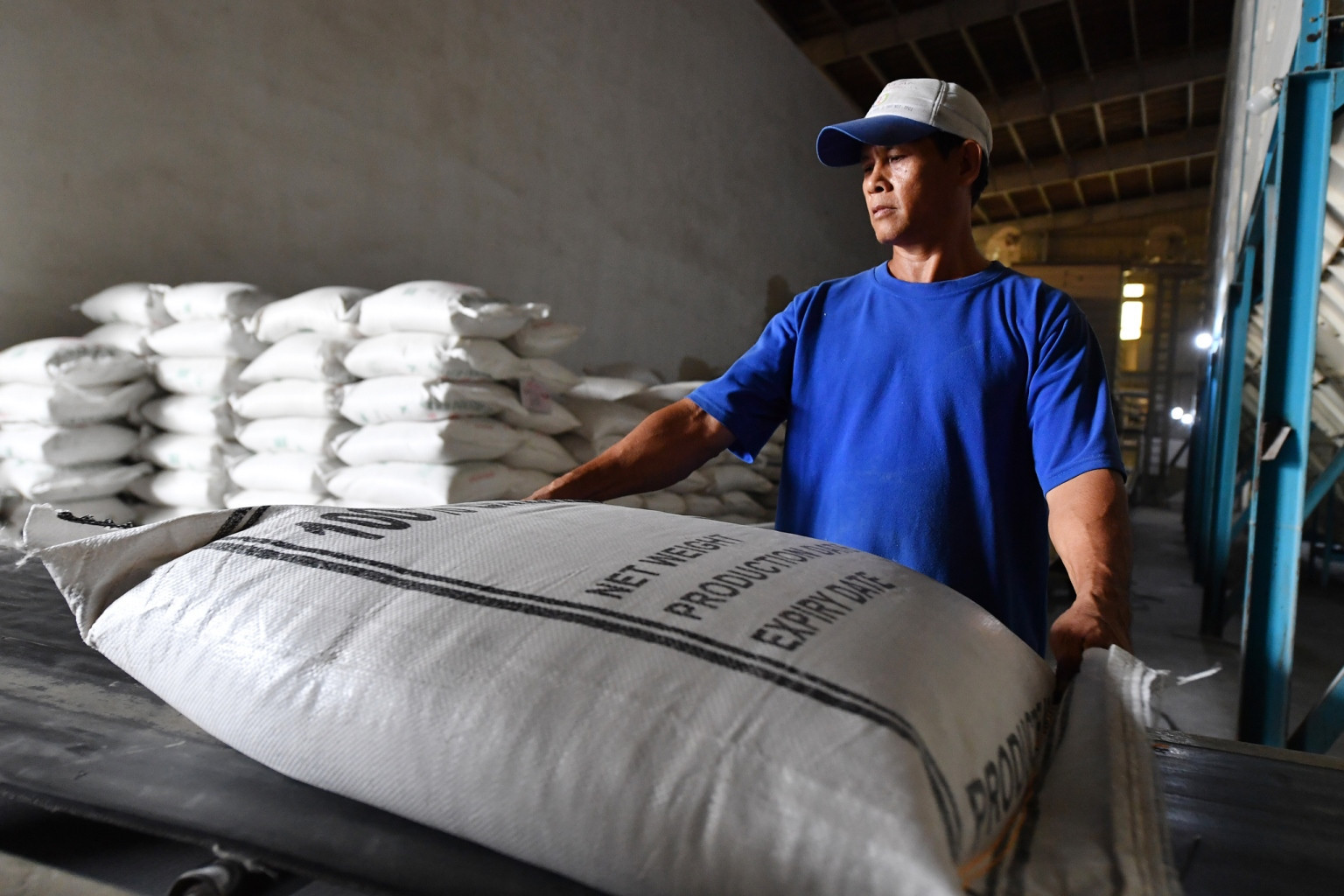
On October 26, the US Department of Commerce (DOC) reported that GDP grew by 4.9 percent in the third quarter of 2023, higher than the forecasted 4.7 percent growth rate predicted by economists at a public poll conducted by Dow Jones, and higher than the 2.1 percent growth rate in the first quarter.
This was the sharpest growth rate since the fourth quarter of 2021 despite an interest rate jump and other ‘headwinds’. Since March 2022, the US FED 11 times has adjusted the interest rate, pushing the FED interest rate up to the 22-year high of 5.25-5.5 percent. The surprise is that the US economy keeps growing well.
Analysts said the major driving force for GDP growth rate in the third quarter came from consumer spending, exports, household investments and government spending. Consumer spending on goods increased by 4.8 percent, while that of services increased by 3.6 percent, the sharpest consumer spending increase since 2021.
The US’s growth is a surprise to many analysts. Prior to that, they had predicted that at least a slight recession would occur in the US as the government’s bailouts in the Covid-19 period are getting exhausted, while the interest rate has soared over the last year.
But the US economy keeps growing, even though the FED has raises interest rates and sends the signal that it will keep the interest rate high for a long time.
With impressive economic growth and increase in core inflation in September (+0.3 percent), it is highly possible that the FED will raise the interest rate for the 12th time at the meeting the next week.
Prior to that, at the meeting in mid-October, FED chair Jerome Powell said the FED is ready to raise the interest rate once more if the economy heats up. The statement was released when the US 10-year government bond yield exceeded 5 percent.
Not only the US, but Europe also maintains its monetary policy. Reuters quoted economists as reporting that ECB is likely not to loosen monetary policy, at least until July 2024.
The inflation rate in the Eurozone is still double the targeted rate. Meanwhile, the Israel-Hamas conflict may push energy prices up. The bond crisis in the region will also make EU policymakers cautious.
Pressure on Vietnam
The appreciation of the greenback has had great impact on most Asian currencies. On October 26, the Japanese yen exceeded the warning threshold of 150 yen per dollar.
Economists commented that every time the US faces difficulties, it usually pumps a large amount of dollars into the market. To recover the economy after Covid-19, the US injected a large amount of money through QE (quantitative easing) policy. Other countries also do this.
They said that together with geopolitical conflicts, inflation has increased significantly. It is the right time for countries to withdraw money from circulation to control inflation and the exchange rate.
As for the US, the high GDP growth rate and a positive labor market could be the reason the FED continues to tighten monetary policy.
Meanwhile, Asian economies, including Vietnam, are facing difficulties as there is no more room for a loosened monetary policy, while the dollar price has been increasing since mid-October.
On October 27, the official exchange rate was fixed at VND24.107 per dollar, just VND3 lower than the historic peak of VND24,110 per dollar on October 20.
Most commercial banks are quoting prices at VND24,730-24,760 per dollar, the highest level so far this year, just a little lower than the peak of VND24,888 per dollar reported on October 25, 2022.
On October 27, the State Bank of Vietnam (SBV) withdrew VND11.2 trillion from circulation to prevent ab exchange rate increase. Since September 21, the total net withdrawn amount has reached VND193 trillion.
Cash withdrawal is unavoidable as the US keeps tightening its monetary policy and Europe still focuses on fighting inflation.
However, if SBV continues to withdraw money from circulation, the move will increase commercial interest rates sharply again, which will affect the government’s efforts to recover the national economy.
Agriseco and ACB Securities both believe that the dong/dollar exchange rate will be under pressure to increase as the FED plans to raise the interest rate in November. It is highly possible that the central bank has to apply additional measures to pursue its policy, such as selling dollars to banks under futures contracts.
Manh Ha